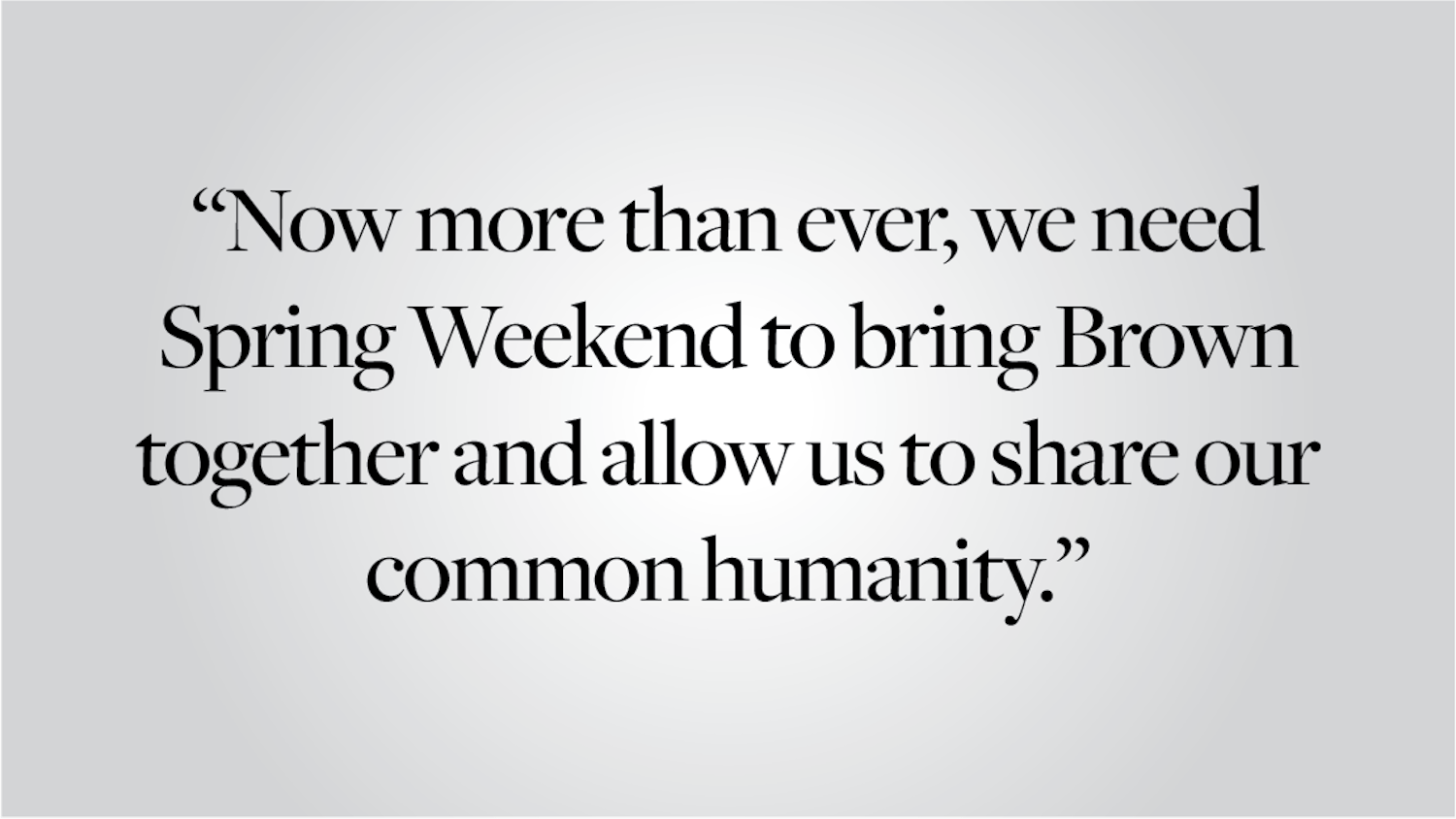On Mar. 3, Deep Rai, a Sikh American of Indian origin was shot in a Seattle suburb by a white man who told him to “go back to your own country.” Less than two weeks earlier, Srinivas Kuchibhotla and Alok Madasani, Indian immigrants educated in the United States, were shot at a bar in Kansas by another white man, Adam Purinton. Kuchibhotla died of his injuries. As a half Indian American with a father who immigrated to the United States from India in the early 1980s and has since obtained American citizenship, I felt chills flash down my spine upon learning of these violent episodes. The sense of security I feel for my Indian-American family and friends — immigrants or natural-born citizens — has been undoubtedly corroded.
Indian Americans perfectly fit the description of a model minority. On average, they are well educated and affluent; they are doctors and engineers and entrepreneurs. As a result, it seems to me that many Indian Americans have been lulled into believing that they are immune to the racial tensions that define so much of American politics and history. Protected in their spacious suburban homes, it is easy to forget that they, too, are categorized as the “other” by the most racially, ethnically and religiously intolerant Americans. The recent outbreak of shootings should serve as a jolting reminder that a model minority is still a minority, subject to many of the hardships faced by other disadvantaged groups.
This is not to say that all Indian Americans fail to integrate fully into society or are unwelcome in their communities — far from it. In fact, Kuchibhotla’s tragic story speaks to the multicultural reality that so many Indians who have recently arrived in the United States enjoy. According to the New York Times, Olathe, Kansas, the town in which Kuchibhotla worked, is “a hub of South Asian immigrants where 84 languages are spoken in the local school district.” Moreover, another patron of the bar where he and Madasani were relaxing offered to pay for their drinks after they were verbally attacked by Purinton. After three and a half decades in the South, including several years in small-town North Carolina, my own father would struggle to think of a single instance of discrimination against him.
The violence in Kansas and Seattle reveals that much work remains in the fight to stamp out intolerance, though. Lessons abound in the wake of these shootings (not the least of which is the need to address the gun violence epidemic plaguing the country). For Indian Americans in particular, there must be a concerted effort at solidarity with other minorities. Indeed, the members of the political group “Hindus for Trump” might look with suspicion at the Black Lives Matter movement or cling to Islamophobic prejudices rooted in India’s own religious conflicts. But it is hard to ignore the parallels between these shootings and white supremacist violence against African Americans, or the fact that they may have been motivated by the misguided belief that all people with brown skin are terrorists. Only by fighting to free African Americans, Muslims and other minorities from discrimination can Indian Americans ensure their own security in American society.
In addition, government officials and policymakers must reverse course on their strategy of exclusion. The latest executive order banning visitors and migrants from six Muslim-majority countries fuels the belief that only people of certain faiths, nationalities and ethnicities belong in the United States. This distorted vision of a country founded on “liberty and justice for all” will only make America less safe, especially for minorities like Indian Americans. The New York Times reported that “Mr. Purinton was arrested without incident … and invoked his constitutional rights.” Let us not forget the constitutional rights that Indian Americans enjoy, too, be they recent immigrants or natural-born citizens.
Work also remains for those Americans who embrace the diversity Indians offer. One of my Indian-American friends lamented on Facebook the remarkable lack of buzz surrounding the shootings, whether on social networks or in traditional media. It is not sufficient to support a multicultural society in theory without acting to defend it. For many Indian Americans, the past couple of weeks have been tinged with sadness, fear and even a sense of isolation in a country they call home. Reminding your Indian-American friends that you value their presence and will stand up for them, as basic as it may seem, could be a powerful gesture at this time.
During Presidents’ Day weekend, just days before the Kansas shooting, I visited my twin sister at Swarthmore College. On the day of my departure, I took the regional rail from Swarthmore into Philadelphia and was taken aback by a crowd of South Asian men and women waiting for the train. If I were to generalize, I would have guessed that many of them were immigrants working as engineers or information technology professionals in the city and making their home in the suburbs. I thought about the struggles they would experience and the successes they would celebrate in becoming a part of the American fabric. In light of recent events, that process may prove more difficult than I realized in the moment. Much room for optimism remains, though, as long as we refuse to grow complacent in the face of these shootings.
Nikhil Kumar ’17 can be reached at nikhil_kumar@brown.edu. Please send responses to this opinion to letters@browndailyherald.com and other op-eds to opinions@browndailyherald.com.




